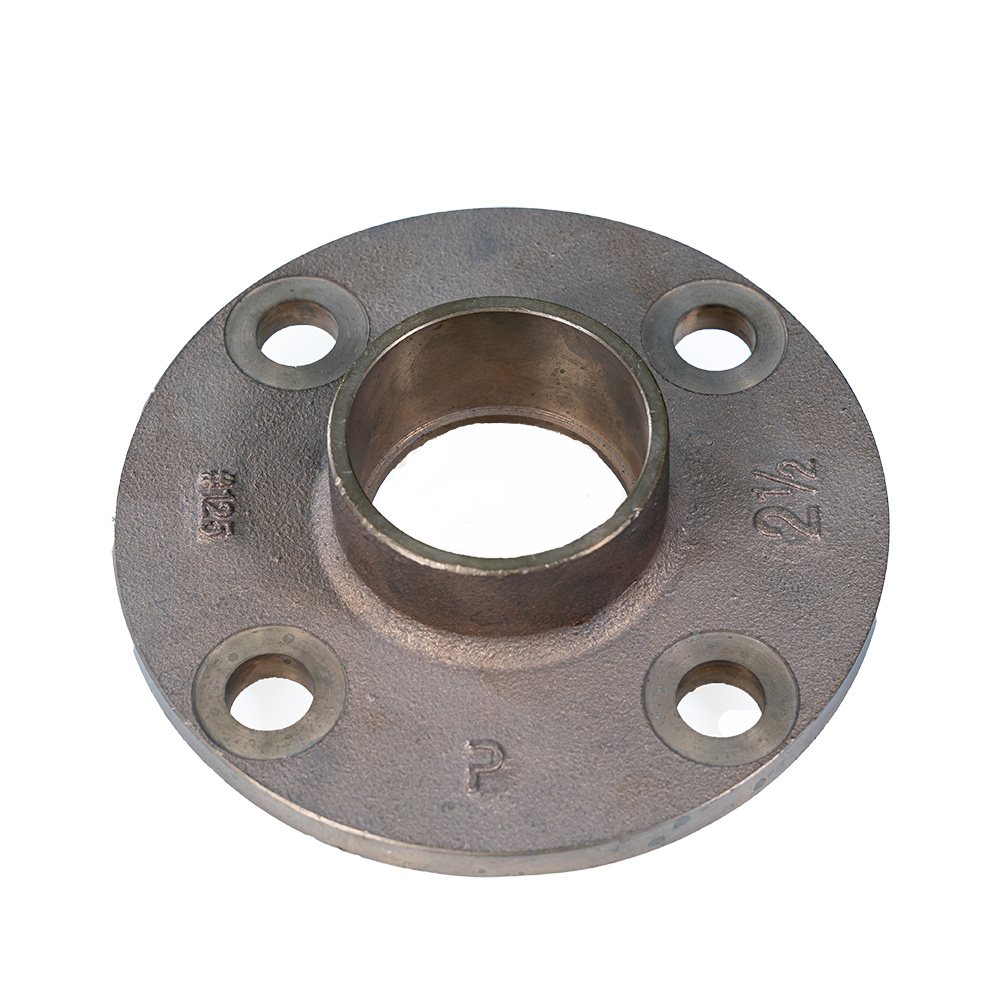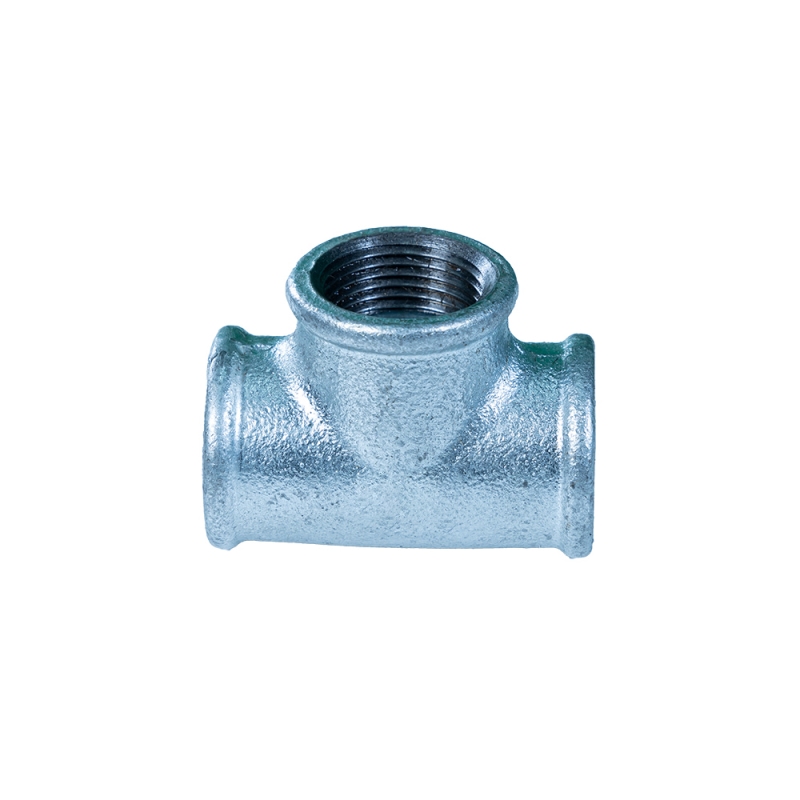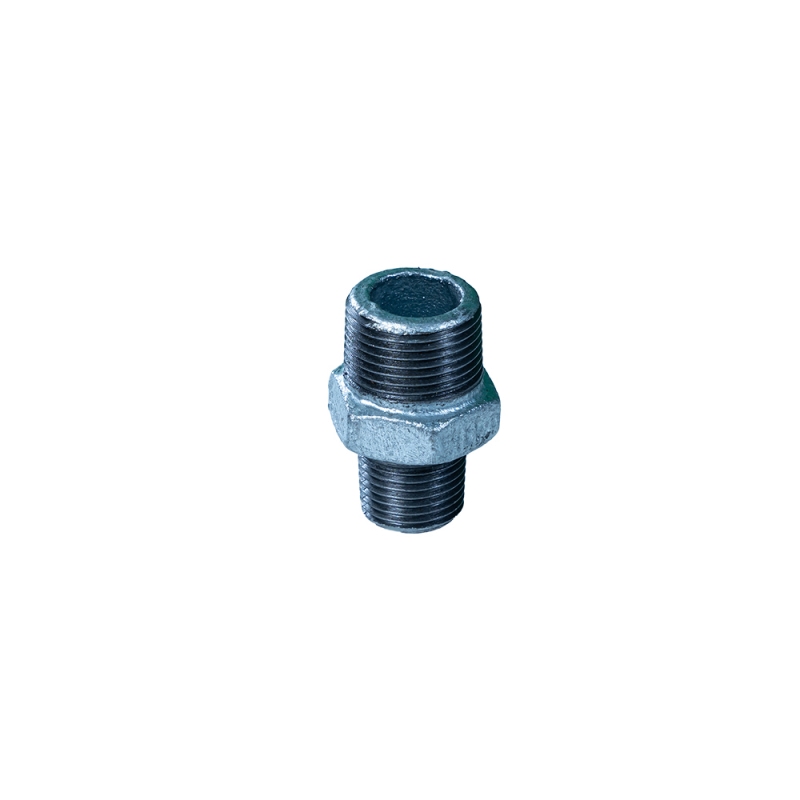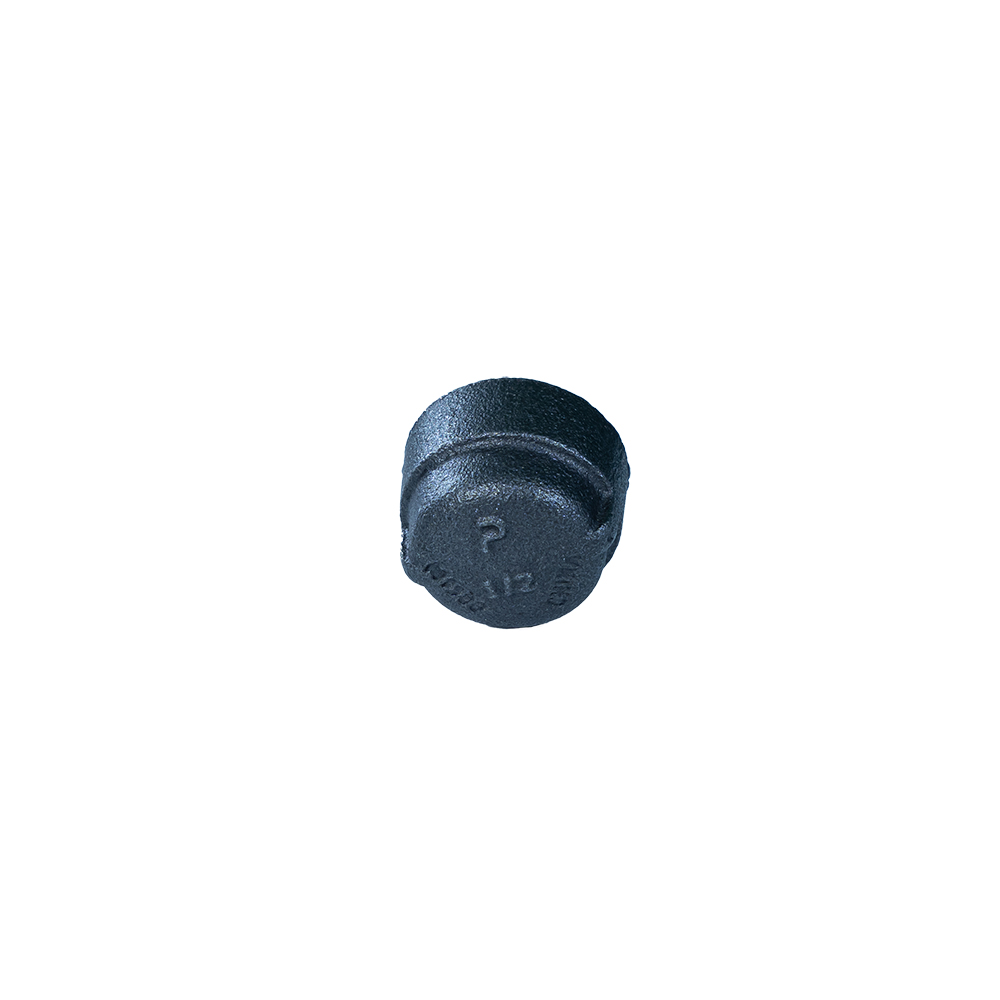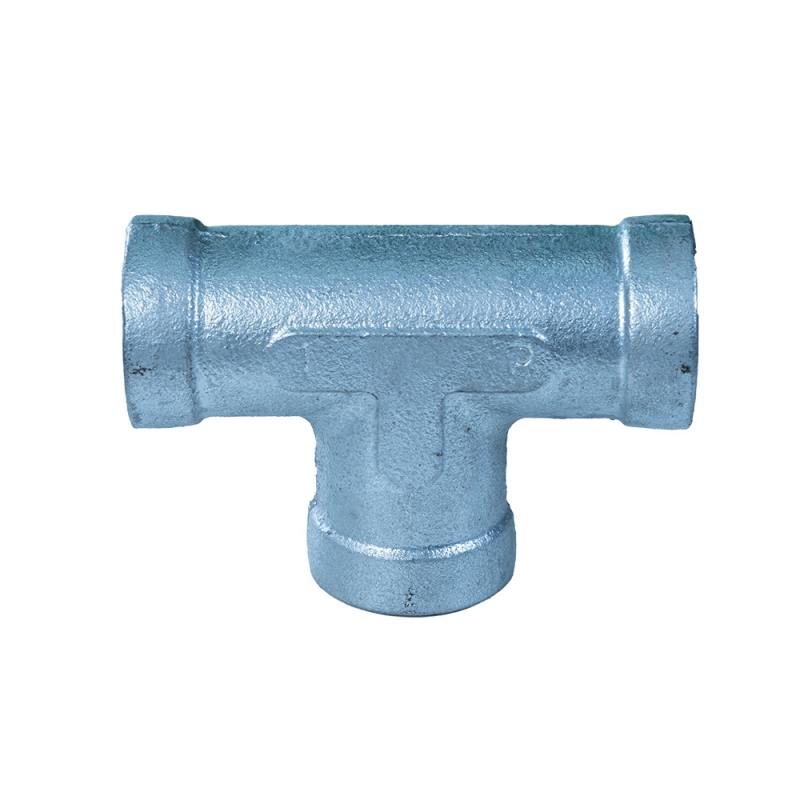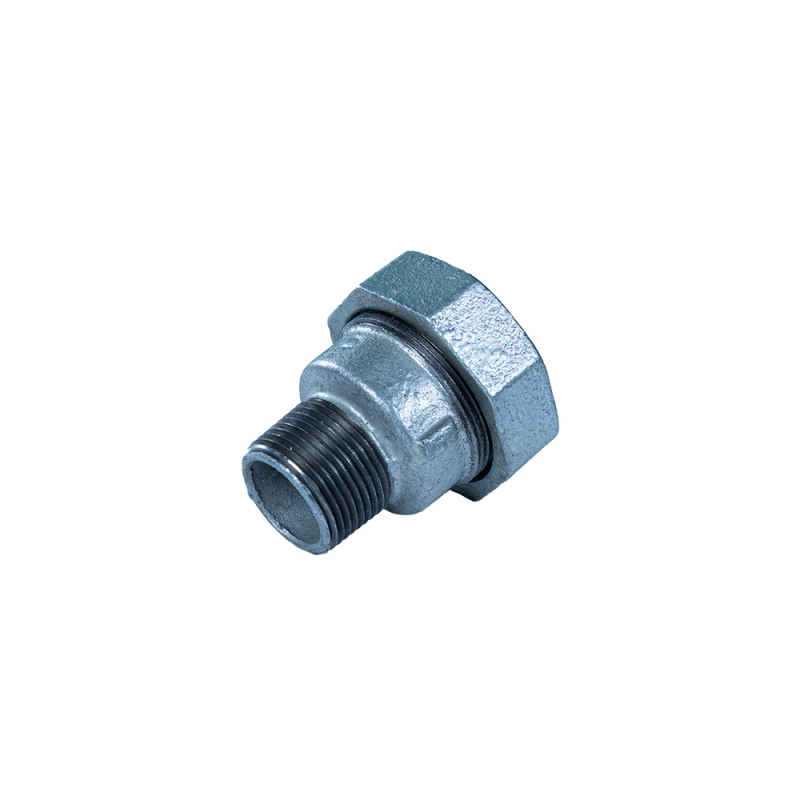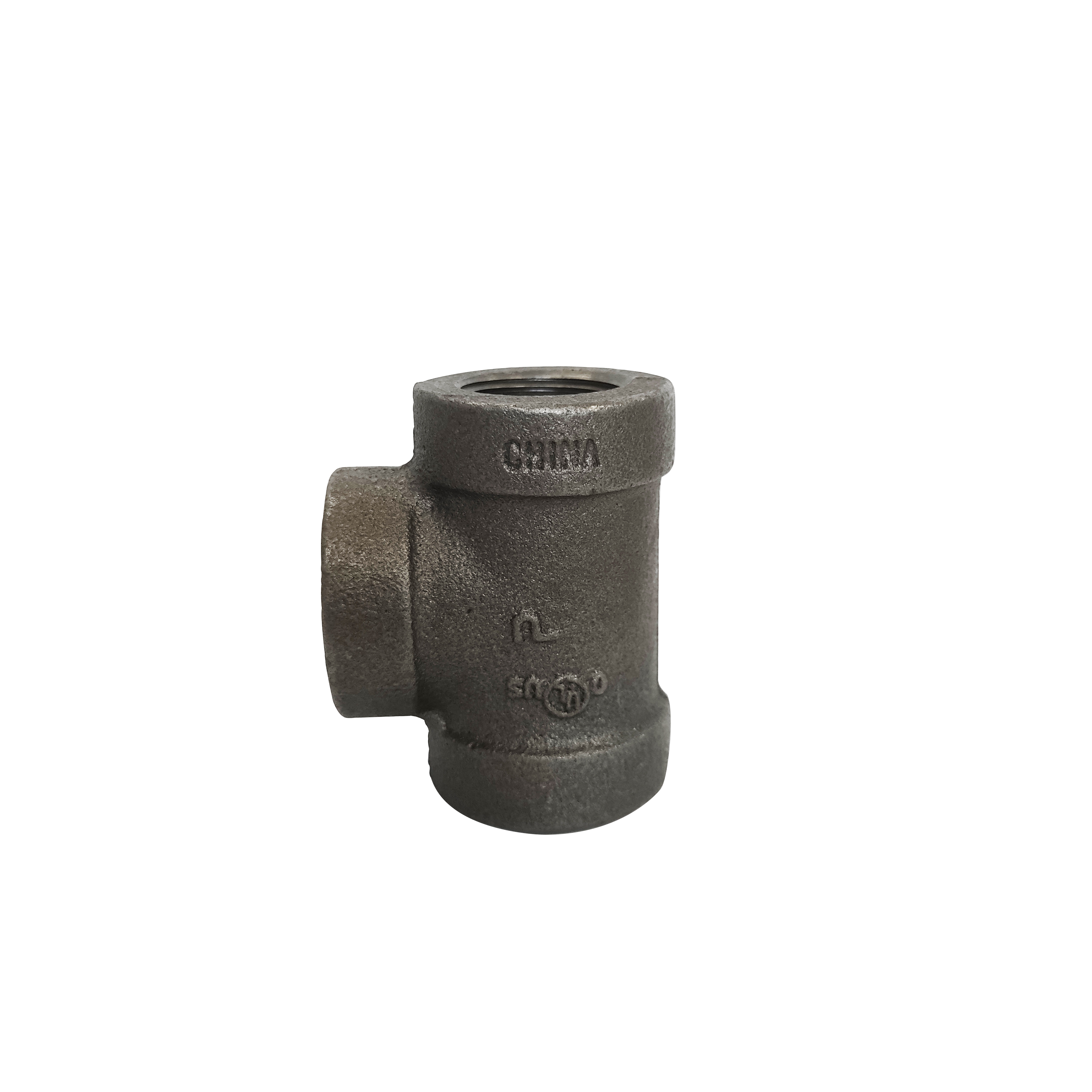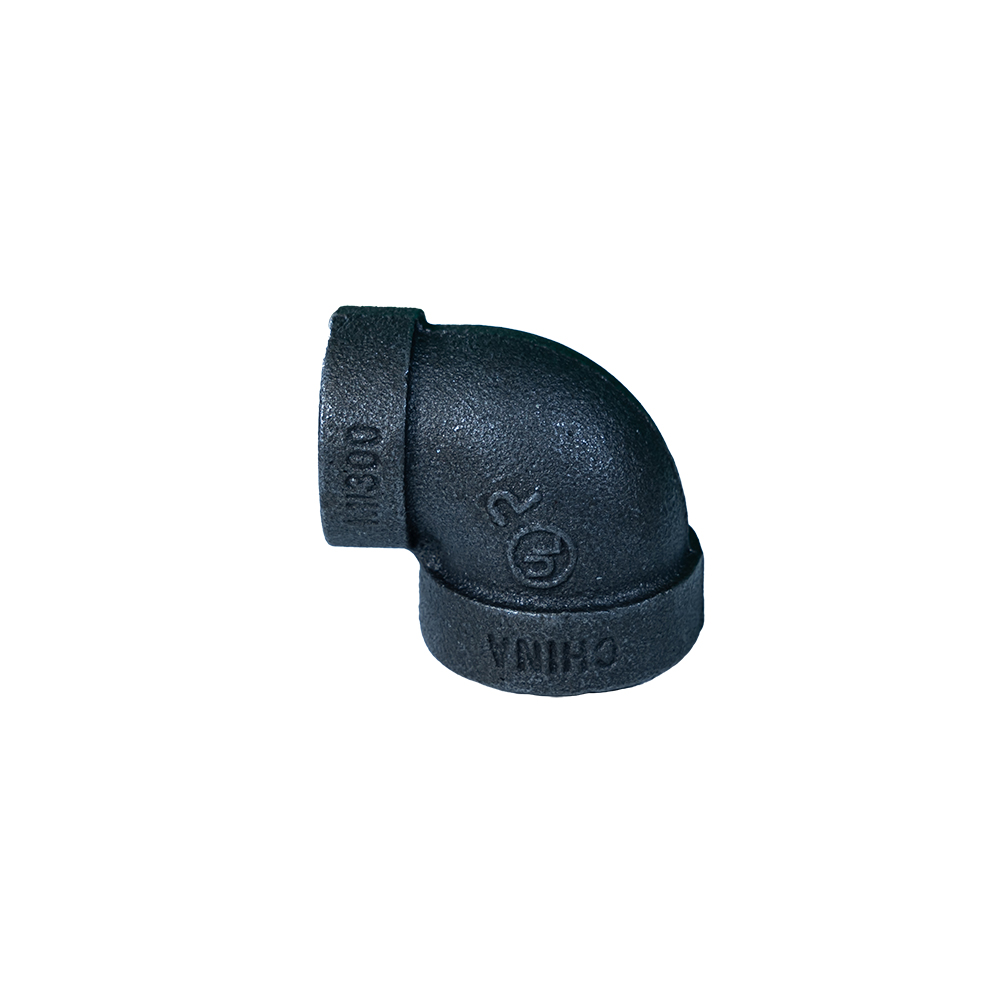Piping infrastructure, whether for industrial, commercial, or residential use, relies on a diverse array of components to ensure seamless fluid or gas transportation. From enabling direction changes to facilitating connections and adaptations, each fitting plays a vital role in maintaining the integrity and functionality of the system. Let's explore the significance of galvanized fittings, pipe tee fittings, y fitting, pipeline fitting, na elbow pipe fitting within the intricate world of piping.
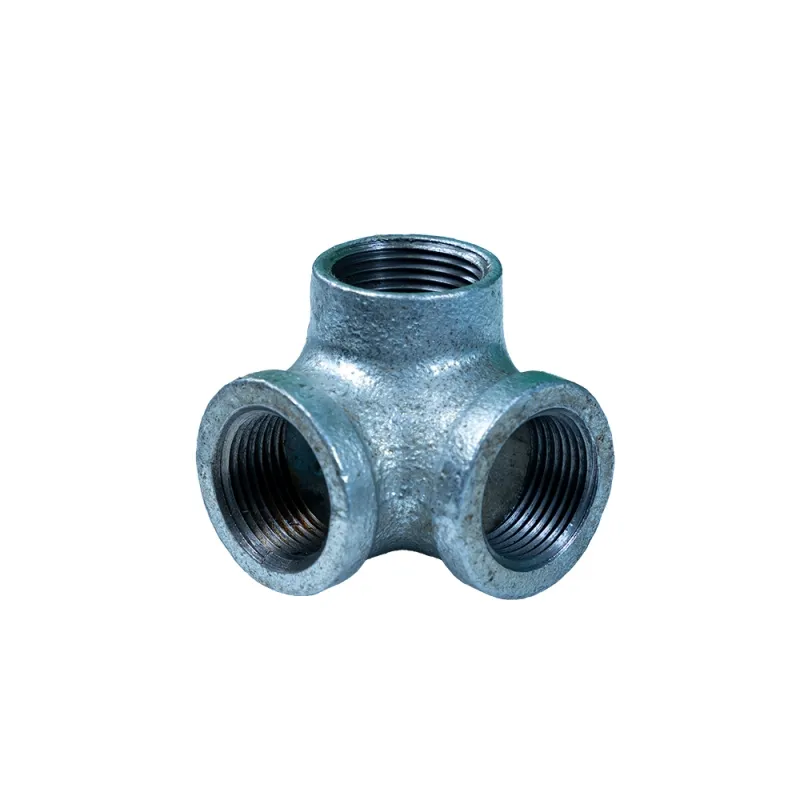
Enhancing Durability with Galvanized Fittings
In the realm of piping, durability is key, and galvanized fittings offer an excellent solution. These fittings are crafted from steel that undergoes a galvanization process, where a protective zinc coating is applied. This coating acts as a shield against corrosion, making galvanized fittings ideal for both indoor and outdoor applications. In water supply systems, for instance, galvanized fittings can withstand the constant exposure to moisture, ensuring a long - lasting and leak - free connection. Whether it's in a large - scale industrial plant where harsh environmental conditions prevail or in a residential plumbing setup, the corrosion - resistant nature of galvanized fittings helps maintain the reliability of the entire piping network over time.
Enabling Fluid Diversion with Pipe Tee Fittings
For effectively distributing fluids within a piping system, pipe tee fittings are indispensable. Shaped like the letter "T," these fittings provide a branch point, allowing a single pipeline to split into two separate directions. In an irrigation system for a vast agricultural field, pipe tee fittings can be used to direct water from the main supply line to individual sprinkler or drip - irrigation lines, ensuring that each section of the field receives the appropriate amount of water. In commercial buildings, they help route water to various fixtures such as sinks, toilets, and drinking fountains. The versatility of pipe tee fittings, available in different sizes and materials, makes them a fundamental choice for creating complex and efficient piping layouts.
Achieving Versatile Connections with Y Fitting
Y fitting offers a unique and versatile solution for piping connections. Resembling the letter "Y," this fitting allows for the combination or division of flow in a piping system. In gas distribution networks, a y fitting can be used to merge gas from two different sources into a single pipeline, optimizing the delivery process. Conversely, it can also split the flow of a fluid, sending it to two separate destinations. Y fittings are often used in systems where flexibility in routing and flow management is required. Their design enables smooth transitions, reducing turbulence and pressure loss, which is crucial for maintaining the efficiency of the overall piping system.
Constructing Reliable Networks with Pipeline Fitting
The backbone of any piping system, pipeline fitting, encompasses a wide range of components that are essential for building a robust and reliable network. These fittings include couplings, connectors, and adapters, among others, all of which serve to join pipes together securely. In an oil and gas pipeline that spans hundreds of miles, pipeline fittings ensure that each section of the pipe is connected seamlessly, preventing leaks and maintaining the pressure required for efficient transportation. High - quality pipeline fittings are engineered to withstand high pressures, extreme temperatures, and corrosive substances, making them suitable for the most demanding industrial applications. They are also available in various materials and configurations to meet the specific needs of different projects.
Facilitating Directional Changes with Elbow Pipe Fitting
When it comes to altering the direction of a pipe, elbow pipe fitting is the go - to component. These fittings come in different angles, with 45 - degree and 90 - degree elbows being the most common. In a heating, ventilation, and air - conditioning (HVAC) system within a multi - story building, elbow pipe fittings are used to direct the air ducts around structural elements, ensuring that conditioned air reaches every corner of the building. In drainage systems, they guide wastewater around obstacles and towards the main sewer line. Elbow pipe fittings are designed to provide a smooth transition, minimizing disruptions to the flow of fluids or gases. Their construction, often from durable materials like cast iron or copper, ensures that they can withstand the rigors of continuous use in various piping applications.
Piping Fittings FAQs
How do I maintain the performance of galvanized fittings?
To maintain the performance of galvanized fittings, regularly inspect them for signs of damage or corrosion. Although the zinc coating offers protection, physical damage can expose the underlying steel. Avoid using abrasive cleaners that could scratch the coating. In areas with high humidity or exposure to chemicals, consider applying additional protective coatings if necessary. If a fitting shows signs of significant corrosion, it may need to be replaced to prevent leaks and maintain the integrity of the piping system.
Can pipe tee fittings be used for both water and gas systems?
Yes, pipe tee fittings can be used for both water and gas systems, but it's important to choose the appropriate material and size for each application. For gas systems, fittings made from materials like steel or brass, which are more suitable for handling gas under pressure, are typically used. In water systems, materials such as PVC, copper, or galvanized steel are common. Always ensure that the tee fitting is rated for the specific pressure and flow requirements of the system to prevent leaks and ensure safe operation.
What factors should I consider when choosing a y fitting?
When choosing a y fitting, consider the material based on the fluid or gas it will carry. For corrosive substances, materials like stainless steel or plastic may be more appropriate. Also, ensure the fitting's size matches the diameter of the pipes it will connect. Pay attention to the pressure rating of the y fitting to make sure it can withstand the operating pressure of the system. Additionally, consider the angle and design of the fitting to ensure it provides the desired flow division or combination for your specific piping needs.
How do I ensure a proper connection with pipeline fittings?
To ensure a proper connection with pipeline fittings, first, clean the ends of the pipes thoroughly to remove any debris or contaminants. Apply an appropriate pipe joint compound or use Teflon tape on threaded connections. When assembling the fittings, make sure they are aligned correctly and tightened securely using the right tools. For compression fittings, follow the manufacturer's instructions regarding the insertion depth and tightening torque. Regularly check the connections for any signs of leaks, especially after the system has been in operation for some time.
Are there different types of elbow pipe fittings available?
Yes, there are different types of elbow pipe fittings available. Besides the common 45 - degree and 90 - degree elbows, there are also long - radius elbows, which have a larger curve and are often used in systems where minimizing pressure loss is crucial. Additionally, there are street elbows, which have one male and one female end, allowing for direct connection to a pipe without the need for an additional coupling. Different materials, such as plastic, copper, and cast iron, are also available, each suitable for specific applications based on factors like temperature, pressure, and the type of fluid or gas being transported.
Post time: Agosti-26-2025


